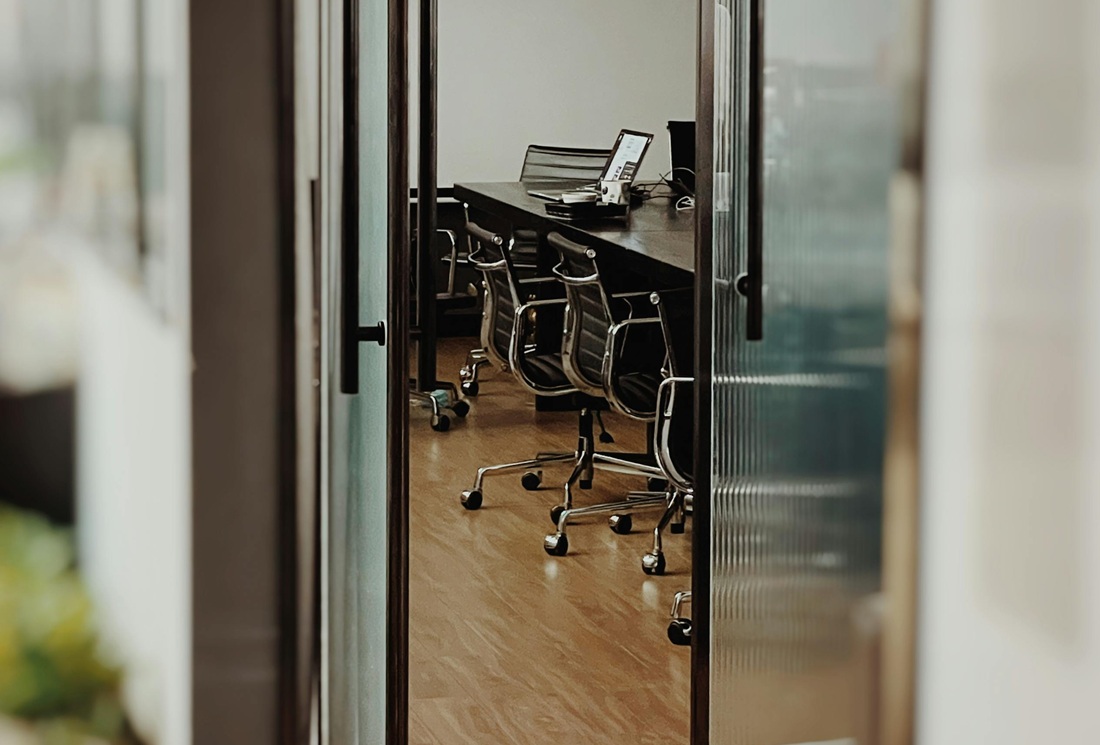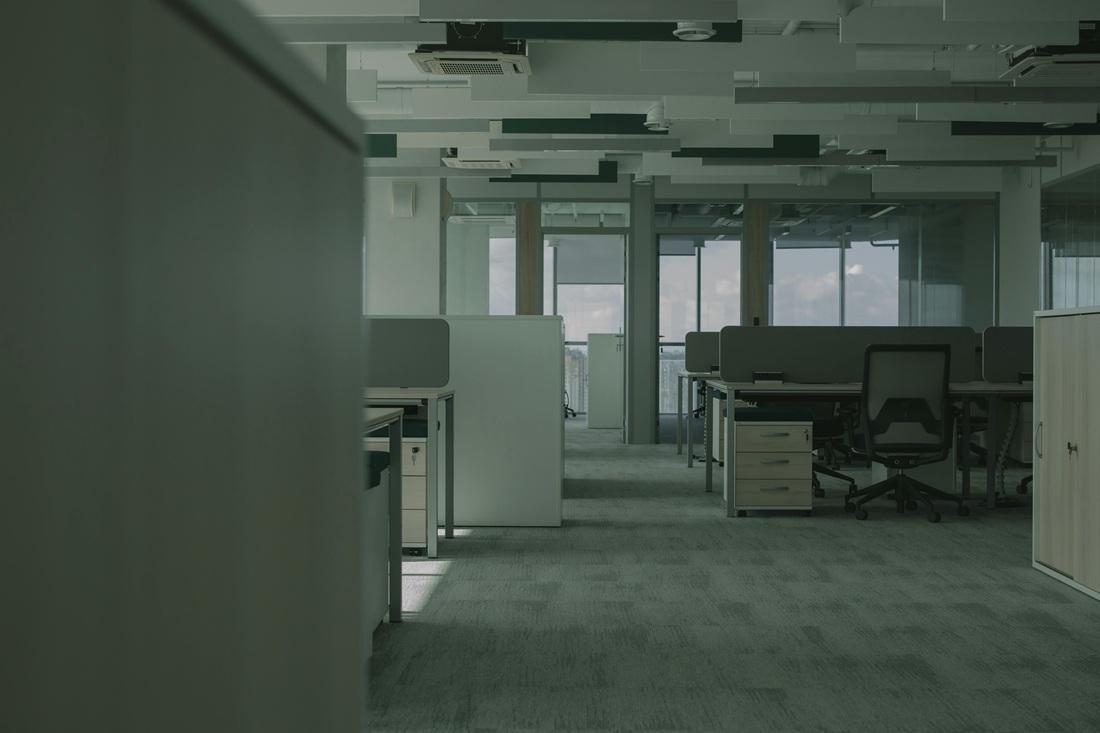An agile office is a workspace that provides a variety of areas to sit and work. It typically offers private spaces for tasks that require focus and confidentiality and open-plan areas for team collaborations and brainstorming sessions. This allows workers to choose the best working environment based on their current tasks.
This article will explore agile offices from their evolution to their benefits and even how to implement an agile office.
Features & Benefits of an Agile Office
Flexible Layouts – Modular furniture and moveable walls allow workspaces to be quickly reconfigured for meetings or group sessions. This can reduce the amount of unused desk space or allow a company to expand without significant renovation costs.
Hotdesking – Employees aren’t assigned fixed desks. Instead, they can choose the most suitable workspace every day. This can increase productivity while improving employee morale. satisfaction and trust.
Collaboration Areas – Group seating arrangements, standing desks and breakout spaces are some examples of areas perfect for brainstorming or team sessions.

Private Workspaces – Quiet zones and soundproof booths offer the ideal space for staff that need privacy or concentration.

The Evolution of Agile Offices
Agile offices are a natural progression in workspace design based on a mix of tradition and innovation.
Historically, offices featured fixed desks, cubicles and hierarchal layouts. These traditional offices were less flexible and often hindered collaboration.

The 20th Century saw the rise of open-plan offices focused on building communication and teamwork. However, this was often at the expense of privacy and resulted in a lack of confidentiality for some departments.
This brings us to the modern agile office, a mix of traditional offices and open-plan layouts. Agile workspaces were created in response to changing work patterns and a demand for employee flexibility. Technological advancements have helped the popularity of agile workspaces, with cloud computing allowing employees to work from anywhere.
How to Create an Agile Office
1. Understand Employee Requirements – Conduct surveys/interviews with staff to determine their work styles and preferences. This will ensure enough space for all staff to work in the best-suited environment for them.
2. Balance Collaboration and Privacy Zones - After analysing employee needs, balance private workspaces and collaboration zones. There should be enough space between the collaboration zones and private spaces so that the noise levels do not affect staff looking for a quiet space.
3. Incorporate Flexible and Ergonomic Furniture - Multipurpose furniture and room partitions allow spaces to be divided and reconfigured easily. Ergonomic furniture can prevent strain and fatigue, boosting employee comfort.
4. Integrate Technology – Technology tools such as booking systems for meeting rooms, collaboration platforms and video conferencing equipment help streamline operations.

Challenges of Implementing an Agile Office
Employee Resistance to Change – Some employees accustomed to a traditional office setup may find it challenging to adapt to an agile office.
Privacy Concerns - Open spaces can be distracting due to their noise levels, and there may be confidentiality issues if there is no balance between private and open spaces.
Initial Setup Costs – The cost of furnishing the space and implementing technology and connectivity can be high.
Maintenance and Management – An agile office has more elements, such as breakout spaces and meeting rooms, that need to be maintained and managed.
Technology Dependency – Relying on cloud computing and features such as video conferencing can reduce productivity if there are internet issues.
The Future of Agile Offices
As office spaces are constantly evolving, we can expect the future of agile offices to include:
Smart Features – IoT devices and possibly AI-driven systems can help to optimise the workspaces.
Wellness-Centric Designs – An increase in biophilic designs and air quality could be included in agile offices.

Customisable Furniture – Agile spaces could implement sit/stand desks and customisable furniture.
Agile Offices in London: Trends and Examples
London is becoming a hub for agile offices due to its diverse business ecosystem. Agile offices can also be presented as serviced offices, providing plug-and-play options that align with the agile layout.
Agile offices are most commonly found in areas such as Mayfair, Shoreditch and Soho, where industries such as technology, media, and finance are based. The vibrant and creative energy of these areas complements the innovative nature of agile workspaces.

For example, media companies renting offices in Soho have adopted agile offices to accommodate their project-based workflows. Similarly, technology start-ups favour agile workspaces in Shoreditch for their scalability, allowing them to expand within the same office. In Mayfair, financial companies often use agile offices to balance client-facing tasks and internal collaborations.
We have discovered a few emerging trends in London as agile offices become more popular.
• Many spaces now prioritise eco-friendly materials, energy-efficient systems and biophilic elements like natural light and plants.
• Hybrid working has caused a rise in hotdesking and the need for meeting rooms, thus reducing the demand for traditional fixed layouts.
• Community-centric spaces are also rising, offering employees space to network, attend events and share ideas, especially in hubs like Shoreditch.
How to Find an Agile Office in London
As an office space broker, we have helped thousands of businesses find their perfect office. All the serviced offices we market in Central London can be configured into an agile layout.
Navigating London’s office space can be overwhelming, so this is how we can simplify the process.
1. Define Your Needs - It is important to have an accurate idea of your team size, budget and non-negotiables such as parking or outdoor spaces. We can help you figure out what you need and can then use these requirements to find options for you.
2. Explore Location Options - London is very well connected by public transport, but does your team require national rail links from areas such as London Bridge or Euston? Or would you benefit from the buzz of Soho?
3. Present Your Shortlist - We will provide a list of office options based on your criteria. Once you have chosen your favourites, we can arrange viewings for you.
4. Negotiate on Your Behalf - We work closely with a range of providers and can get you the best deal on your new office. Whether you’re looking for a short or long-term option, we can handle this all for you.
Agile offices offer adaptable spaces that boost collaboration, productivity, and innovation. Areas such as Soho, Mayfair, and Shoreditch offer a range of agile workspaces tailored to specific industries. So, whether you're a startup looking for scalability or a large organisation looking for a modern solution, agile offices provide the perfect option.







